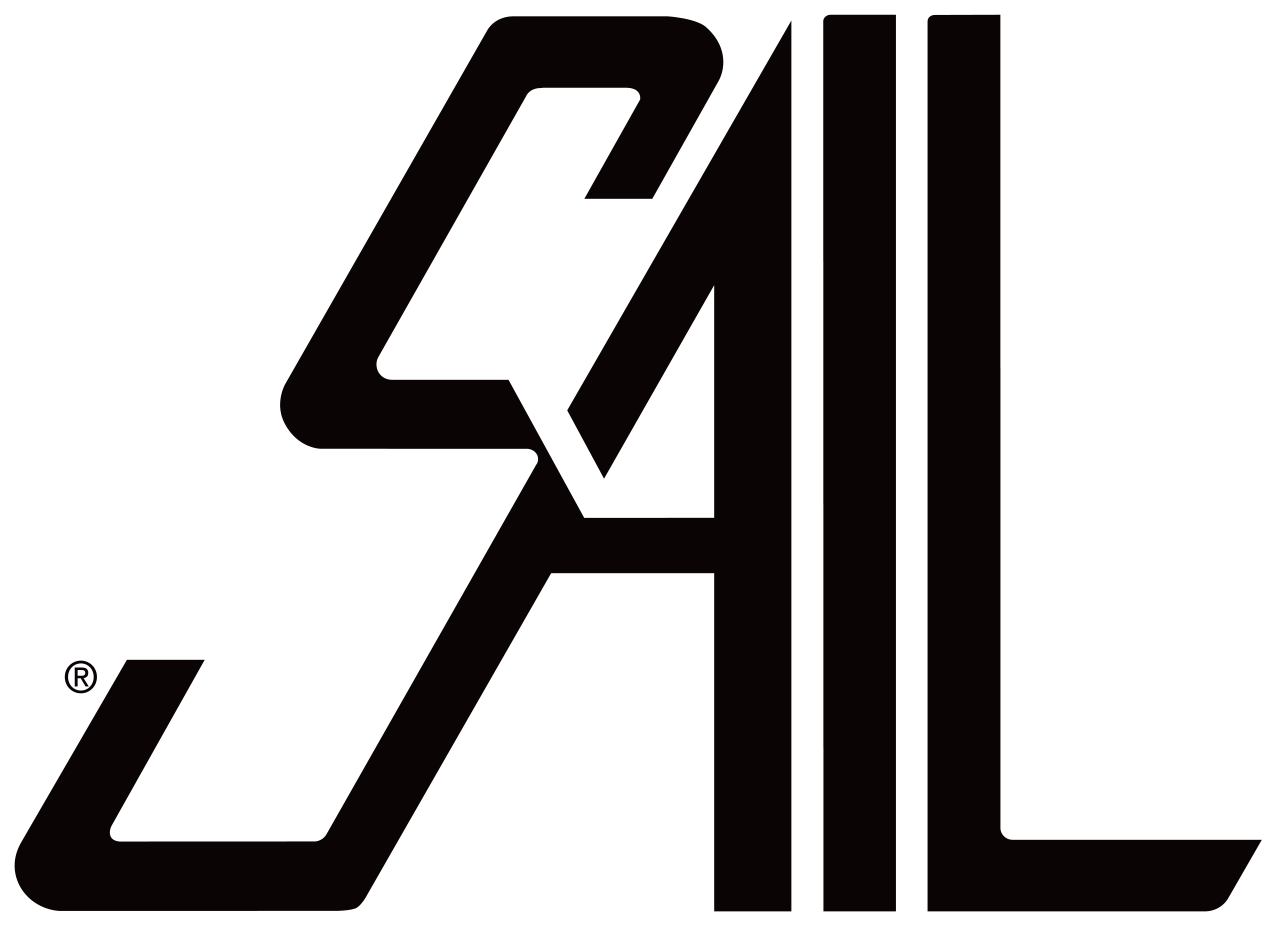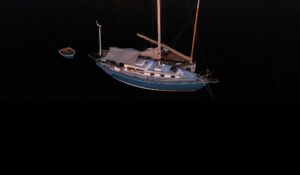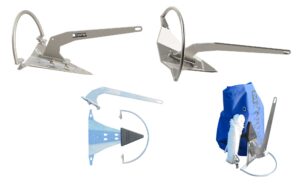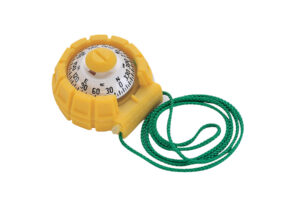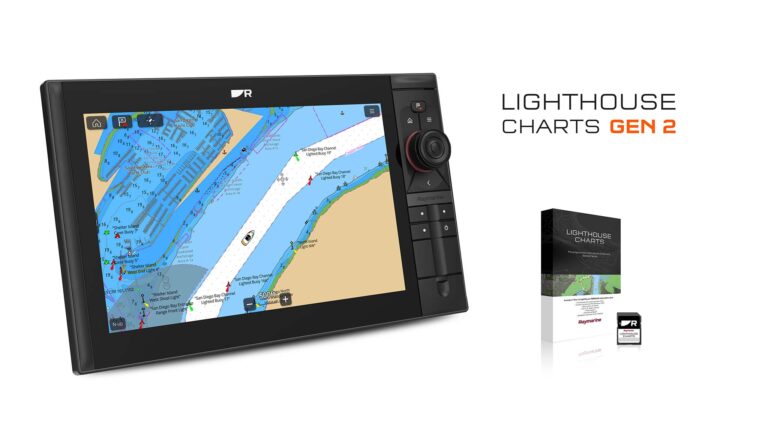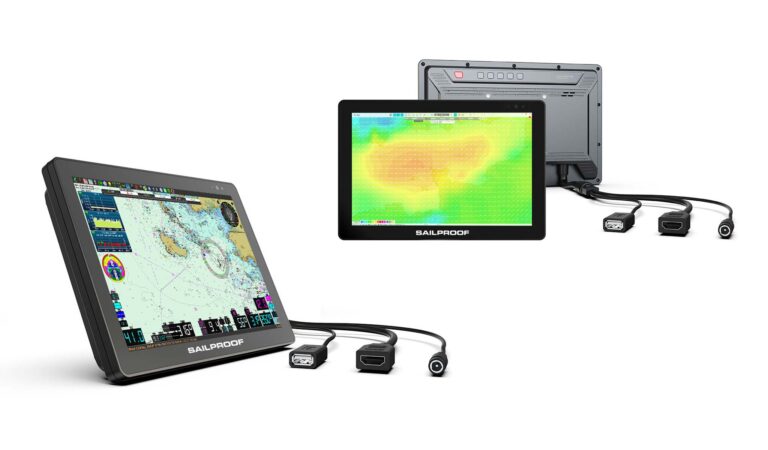Few sensible sailors would consider setting out without some form of first-aid kit on board. Scraped knees, cuts, bruises, and bumped toes are all part of the sailing experience—everyone suffers them at some time or other. Being able to deal with these appropriately makes them minor annoyances rather than life-threatening emergencies. Of course, don’t be slow to call for help if the situation demands it or the nature of the emergency is outside of your capabilities. But an on board first-aid kit should be your first line of defense.
What you need:
A. Scissors. Used mostly for cutting bandages and surgical tape to length, they can also cut clothing away from a wound if removing the garment is impossible.
B. Safety pins. Handy for holding errant bandages in place, these are also good fishing hooks—just don’t put them back into the first-aid kit afterward.
C. Syringe. Filled with saline solution, it can be used for flushing dirt from a wound. It can also be used as an emergency eye-wash pump.
D. Tweezers. These are the best tool for pulling splinters or other small foreign objects out of your body.
E. Fabric tape. This comes on a roll and can do all sorts of jobs from holding splints in place to taping pads to a wound.
F. Stretch bandages. These can be used to hold absorbent pads over wounds and to hold a temporary splint in position.
G. Triangular bandage. This will support and immobilize a damaged arm.
H. Large adhesive pad. Used with a gauze pad, this makes a huge band-aid—even if it does rip out half your body hair when you pull it off.
I. Cold pack. For temporary relief of minor burns and sprains, the pack contains two chemicals that are inert in their normal state but become an instant ice pack (without water) when squeezed and mixed.
J. Foil space blanket. Retaining 90 percent of body heat, it can treat shock by preventing body temperature from dropping to dangerously low levels.
K. Latex gloves. Sterile gloves should be worn during contact with body fluids—yours or anyone else’s. Use them once and throw them away. If you are allergic to latex, try nitrile gloves instead.
L. Absorbent pads. Individually packed in sterile packets, these cover wounds and abrasions.
M. Band-aids. We have all used them. They’re called “sticking plasters” in some parts of the world.
N. After Burn. Use this when you need to treat your sunburn with aloe or have inadvertently touched the hot plate in the galley. Treat a major burn as a medical emergency.
O. Eye patch. This is not for Long John Silver impersonations but for covering an infected eye.
P. Medications. Bring common medications individually wrapped—sting and diarrhea pain relief and aspirin, among others.
Q. Saline solution. Used for flushing wounds, this is preferable to peroxide, which destroys healthy cells at the wound site.
R. Storage bag. This keeps everything organized and easily accessible.
S. Dental kit. You won’t need this on a day trip, but it could be handy when a dentist is more than 24 hours away. Fortunately, it contains instructions.
T. First-aid guide. If you are not sure how to respond to a particular situation, this is an essential reference. You would be wise to read it before you need to use your first-aid kit.
Thanks to West Marine for help with this article.

